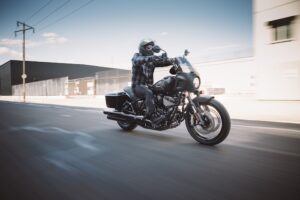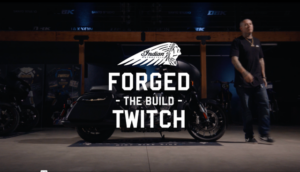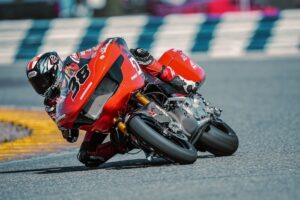In February, Indian unveiled Appaloosa 2.0 at the 2020 Baikal Mile Ice Race in deepest, coldest Siberia. The reason? Testing the revamped racer in some of the harshest conditions on the planet. There may have also been a crazy urge to go through what Rocky Balboa did training to beat Ivan Drago in Rocky IV, but we didn’t ask. And now we have video of the whole experience to share with you.
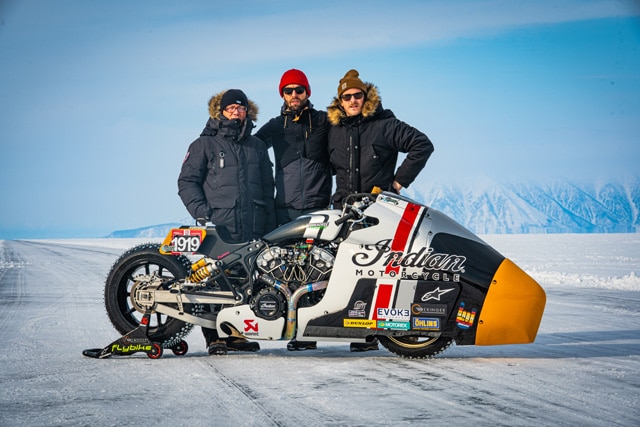
The 2020 Baikal Mile looks like some serious ice racing bidnezz. That’s probably why Indian Motorcycle and Workhorse Speed Shop are took the Appaloosa race bike to said 2020 Baikal Mile. It’s an extreme test of rider and machine on the ice surface of Lake Baikal, Siberia.
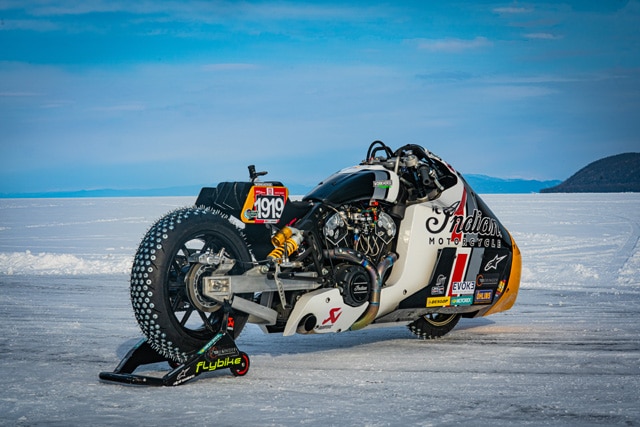
The Baikal Mile first took place in March last year and is now set to become an annual fixture on the motorsport calendar.
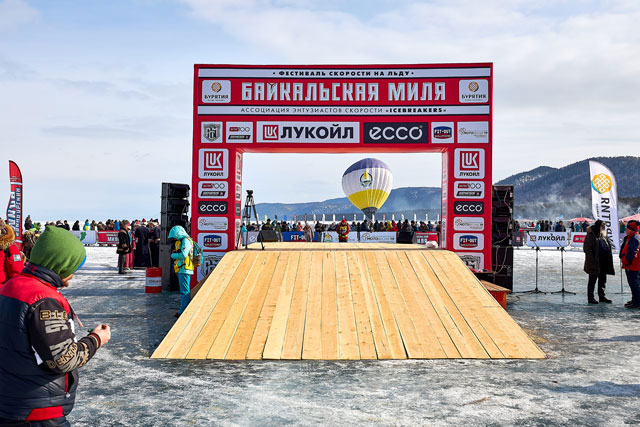
With specially prepared 1/8-mile and 1-mile ice tracks, teams challenged themselves to set speed records on a variety of specially prepared vehicles alongside stunt riding, drifting, drag racing, flat track and freestyle motocross.
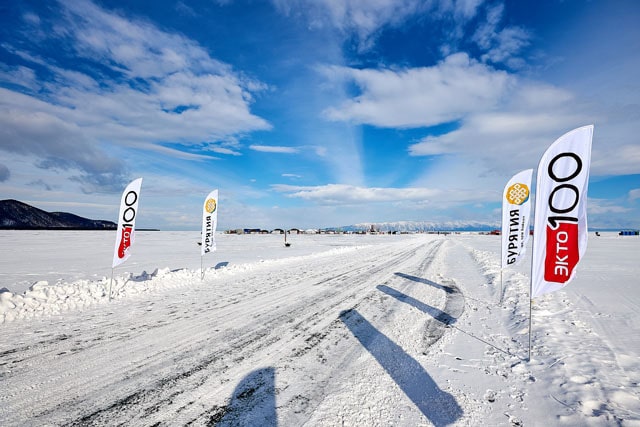
Brice Hennebert, creator of Appaloosa, looked forward to the challenge: “They didn’t speak any English, we didn’t speak any Russian, but as with all car and motorcycle enthusiasts, it was a really friendly atmosphere. Through hand gestures and pointing, we were able to communicate, help each other out and lend each other tools. That’s what I love about events like this, we’re all here for the same reason and we all want to share the fun and make sure everyone has a good time.”
Technical inspections completed, Appaloosa and Sébastien Lorentz were given the all-clear to try their first test run on the 1/8-mile course, a final qualification step for the organisers to be sure the rider is in control and safe, before being allowed to run at speed on the Baikal ice.
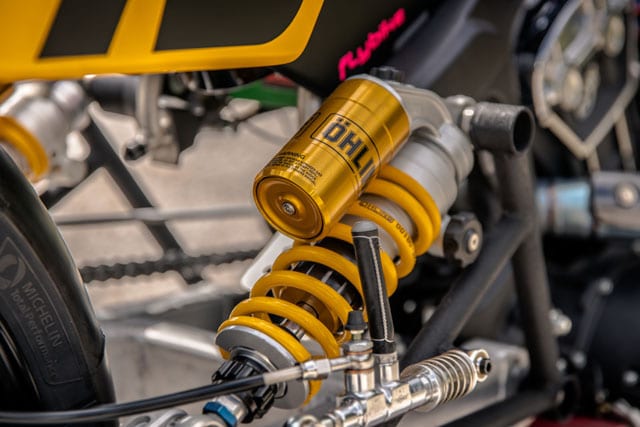
To grab the ice and propel Appaloosa down the strip, the SportSmart Mk3 tyres supplied by Dunlop Europe, have been hand-fitted with hundreds of studs, a task which took Brice’s mechanic, Dorsan, four days of work. To control the cooling of the engine from the extreme temperatures, the “mouth” of the fairing has been closed off with a new carbon fibre nose cap and smaller cooling intakes have been added to the side fairings.
Upgrading the NOS system was a priority for better reliability and power with the original system replaced with a Nitrous Express setup. Öhlins Racing has added a steering damper to the full suspension suite supplied in 2019 to keep Appaloosa stable at the higher speeds targeted. Finally, to protect the pilot and to keep a clear view ahead, areas around the wheels have been closed off inside the fairing to control the ice thrown up by the studded tyres.
With such a departure from its original purpose of tarmac sprints, it was fitting to give Appaloosa v2.0 a full makeover in the form of a new paint scheme designed by Benny Maxwell from Axesent, Japan (IG: @axesent) and expertly applied by Matthias from Moto Peinture (IG: @motopeinture).


The first run on the full mile revealed surprises that the team were not expecting, particularly that the ice was much bumpier than the short 1/8 mile. The front and rear suspension compressed enough to bring the tire studs into contact with the fins of the real tail unit and a front fairing cross member, requiring some modification to the bodywork to allow for clearance. Limiting the top speed of the bike was an unknown electrical issue at higher speeds in the top gears.


On the final day of racing, teams woke up to the best conditions of the week with blue sky and bright sunshine. Heading to the start line for their first run of the day, Brice and Seb had decided that this would be the main pull and they would use the NOS system for the first time in the hope that the changes that Brice had made in the morning had resolved the electrical issue.
A clean start saw Appaloosa accelerate cleanly down the mile before the electrical issue limited their top speed. The run saw their best result yet with a top recorded speed of 180kmh, just short of the 200kmh target that Seb and Brice had set for themselves. With one final run to enjoy the experience of having come so far to do something so extreme, the team reflected on their experience.

More information on the 2020 Baikal Mile Ice Speed Festival can be found at baikalmile.com – Instagram – Facebook

